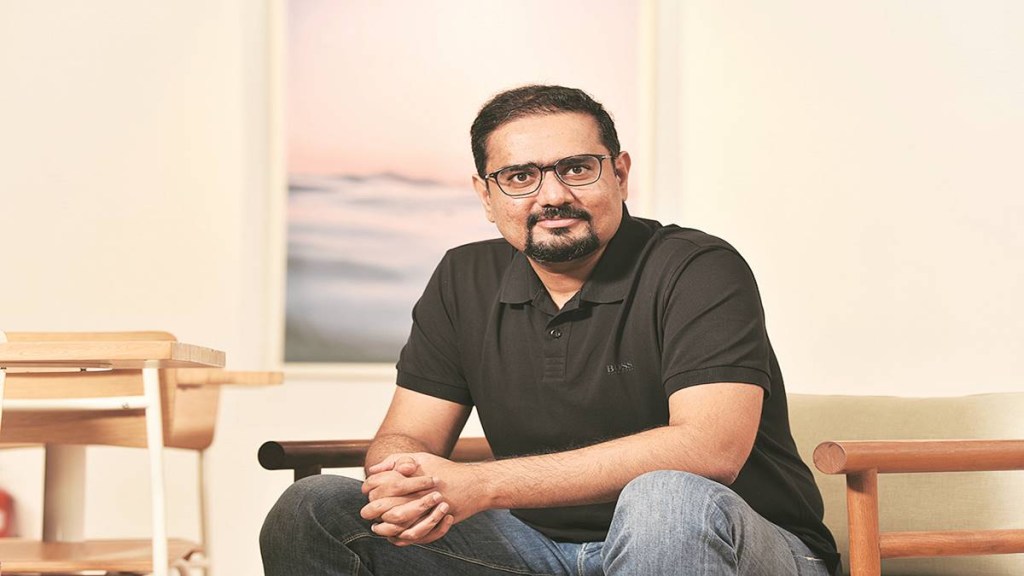Meesho, which started as a social commerce platform, is today a full fledged e-commerce platform catering to the retail needs of underserved regions and communities in India. The startup has been in the news recently for being vocal about turning profitable in the next couple of years ahead of meeting its IPO goal. In line with this plan, it has been ramping up its product capabilities.
“When we started, we noticed that mid to high income segments and metros in India have been the main targets of several e-commerce businesses. It is also one of the reasons why they were not able to bring more than 100 million users into the digital shopping experience. We changed that and all our product efforts go towards scaling tier II/III and other smaller cities and mid to low income segments,” says Kirti Varun Avasarala, chief product officer, Meesho. “Even in metros, we enable low and mid segment population to buy online. As of December 1, 2022, our total transacting users touched nearly 140 million,” he adds. With 85 million products across 30 categories, it is firm in sticking to its marketplace business and ad driven revenue model.
To manage the diversity that exists in users across regions, in their preferences and in the catalogue of products listed, the startup has been investing in ML and AI over the last two years to ramp up personalisation and product discovery on the app. “We use deep data science in a way that right from the home screen of the app to the orders screen, the app looks different for two different users based on their preference,” says Avasarala. Gamification and community development on the app are two other areas which have seen data and tech investments. According to him, the app is designed to make users come back, browse, share their interests with their community and have engagements like likes and comments. The users also get to play games on the app and earn currency which can be used to shop on the platform. “This is the social validation aspect we bring to mainstream e-commerce for the underserved segments. Users use our app like they use Instagram,” says Avasarala. “We have also introduced live video streaming commerce on the app which is new to the segment we operate in,” he adds. These features are also used in scale. The platform boasts of over 150 million monthly active users, which, according to Avasarala.
With over eight lakh sellers on the platform, concentrated in the supply pockets of India like Surat, Tirupur, Khesar, Panipat and Rajkot, tier II/III cities contribute 80% of the orders while tier IV and smaller cities account for around 60% at times. It also provides software support via portals and dashboard to these sellers in the background to manage the orders, pricing and gain intelligence. However, Meesho has not yet monetised the software support. “In our path to profitability, the main pillar is still the ads that sellers use to place their products on the app as they prefer. It will continue to be the biggest revenue channel,” says Avasarala. “The other thing we aim to do is ramp up our seller services – piloting financial services and cataloguing of products, for large sellers who are willing to pay a subscription, we will offer much more sophisticated analytics,” he adds.
Meesho has reduced its performance marketing spends on acquiring customers. As per Avasarala, Meesho has achieved a monthly retention rate close to 65% which is expected to further fuel the growth.
On the product front, Meesho faces challenges in bringing the seller side use cases to life. “This is a common problem that pure play marketplaces face. Sellers paid for ads because we showed growth to their businesses for every penny spent on ads. Now we have to repeat the process for other services we are piloting,” says Avasarala.

